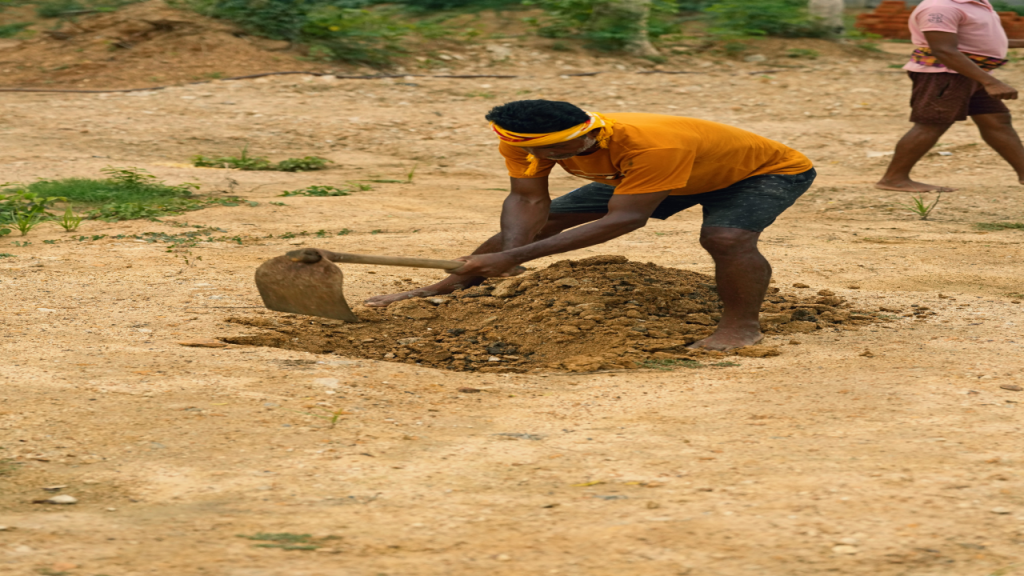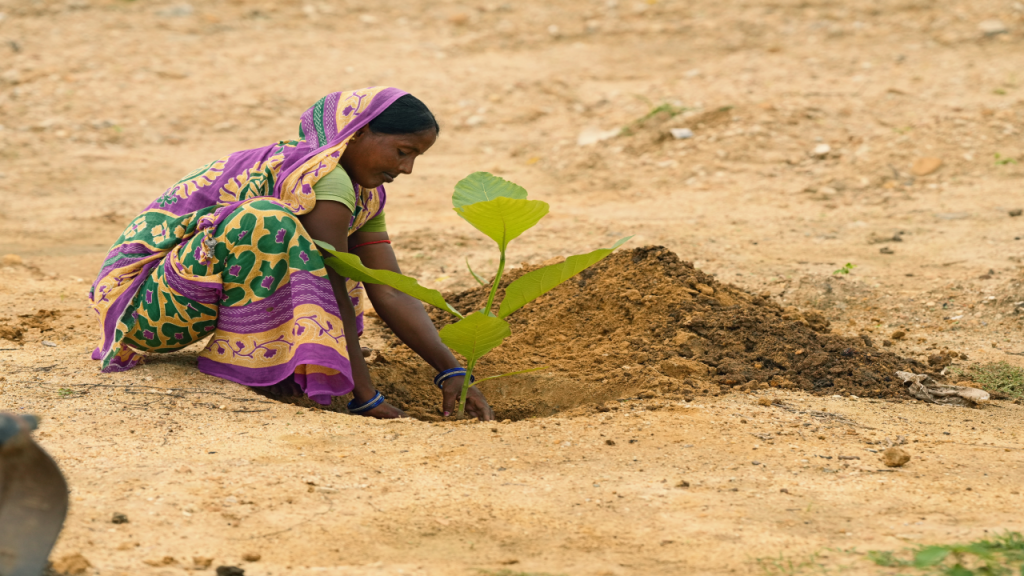Tree Plantation
To promote sustainable agriculture, we provide nature-based solutions that alleviate the socio-economic condition of the marginalized tribals of India and also help in ecosystem restoration and protection. We plant mixed varieties of trees after a detailed consultation with our main stakeholders i.e. communities and engage with individuals and groups who are affected by or have a stake in a particular project, to ensure that their needs and perspectives are taken into account and to understand their preferences, then our in-house environment experts select the right species suitable to the biodiversity.
We promote afforestation to help restore degraded land and promote ecosystem health and reforestation to help restore degraded ecosystems and promote biodiversity. Lastly, we take the opinion of forest officials to align with our vision and expertise. Trees provide habitat for a wide variety of wildlife, including birds, mammals, insects, and reptiles. By planting trees, we can create new habitats for these species, which can help increase their populations and promote biodiversity.
Trees can also help restore degraded land by improving soil fertility, promoting soil moisture retention, and preventing soil erosion. Therefore, afforestation and reforestation initiatives that
our organization focuses on are essential for promoting soil conservation and restoring degraded land. Tree species include fruit-bearing trees like Mango, Jamun, Drumstick, Papaya, etc. along with trees, having an enormous wood value like Teak, Shimal, Shal, and Indian birch. Malnutrition and poverty can both be addressed in this twin model.




